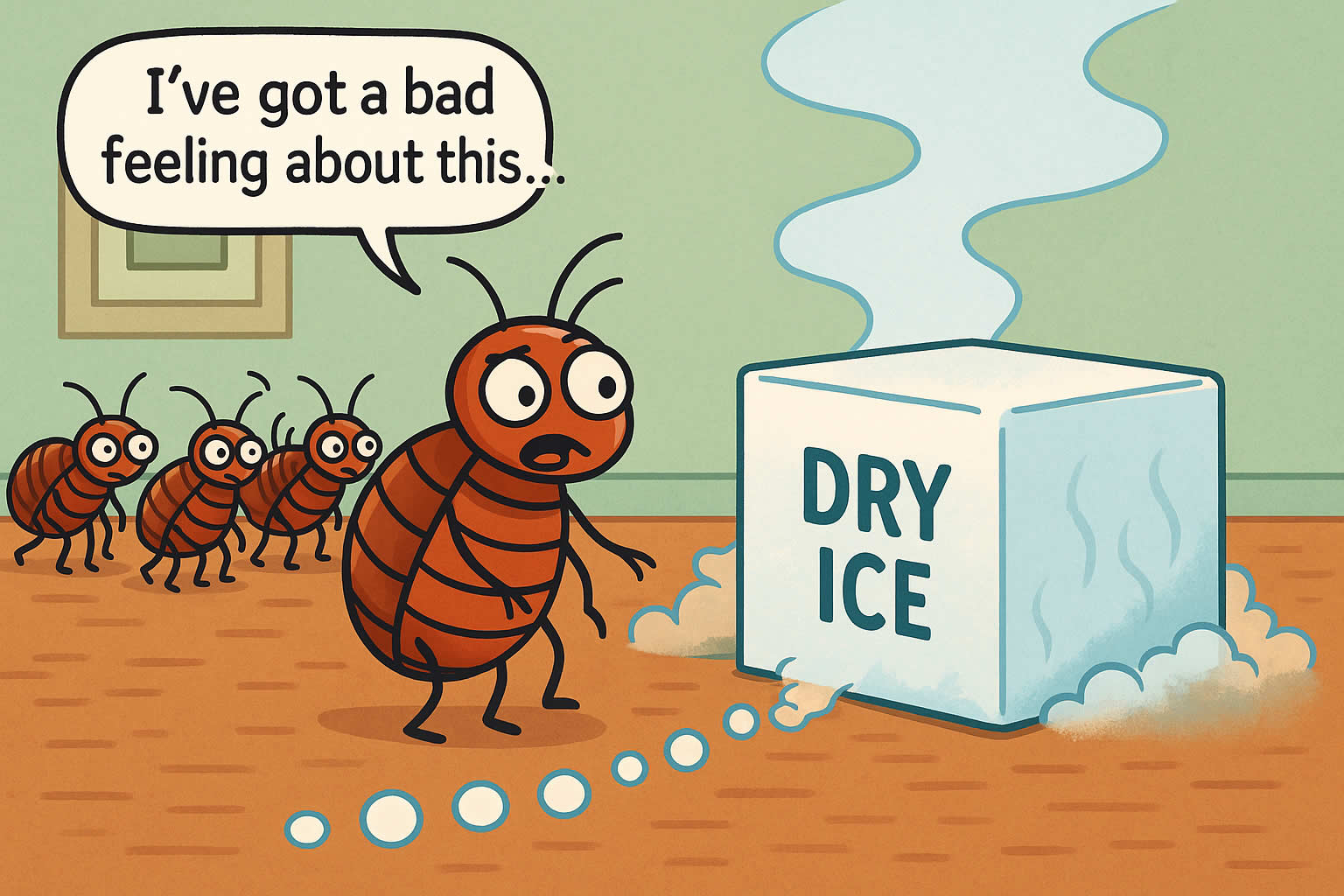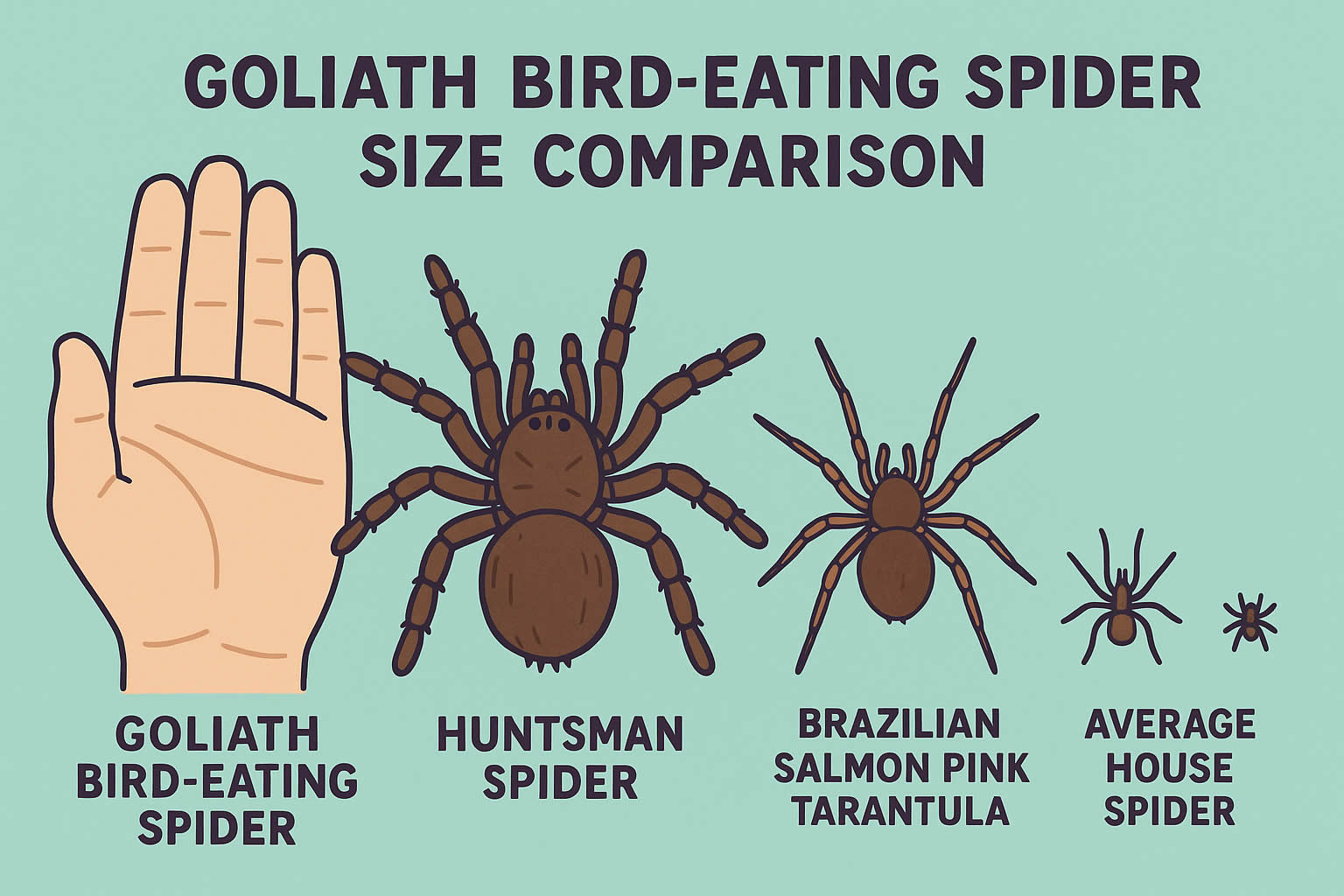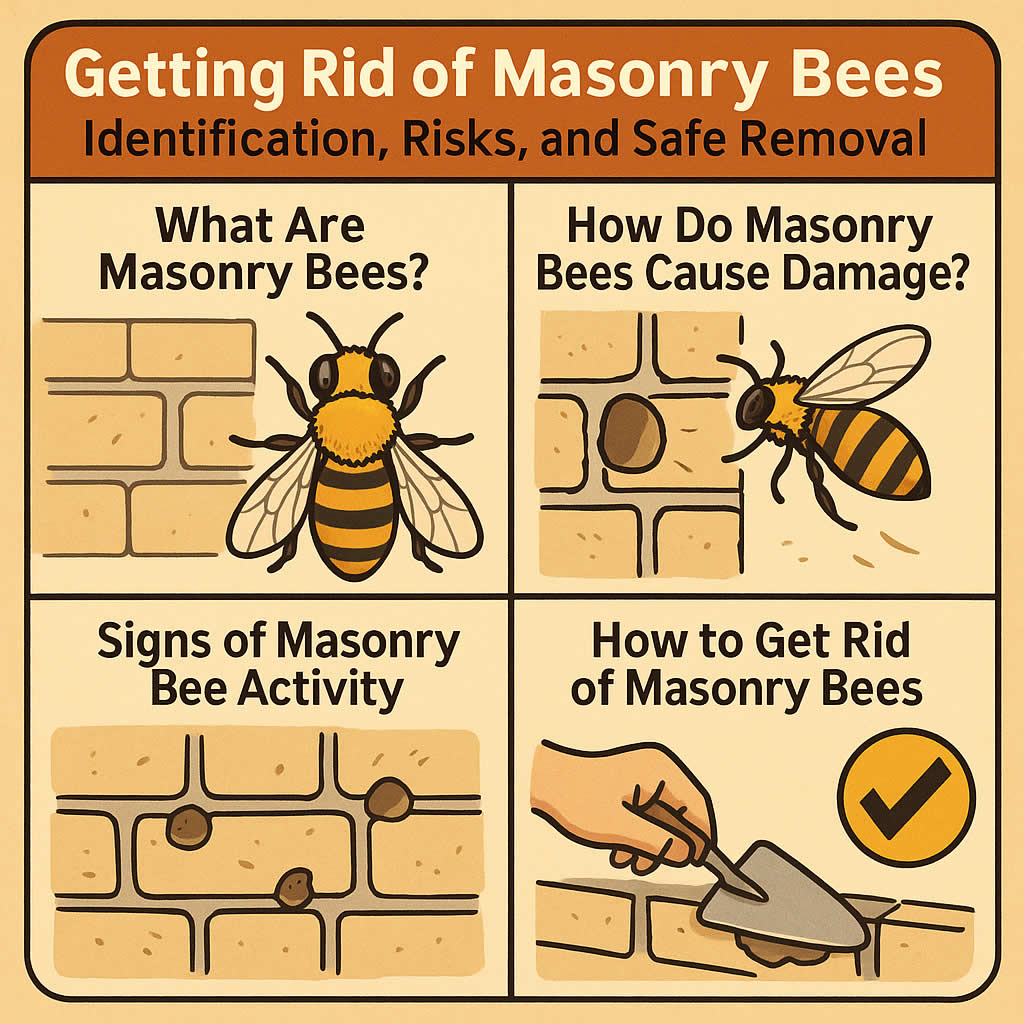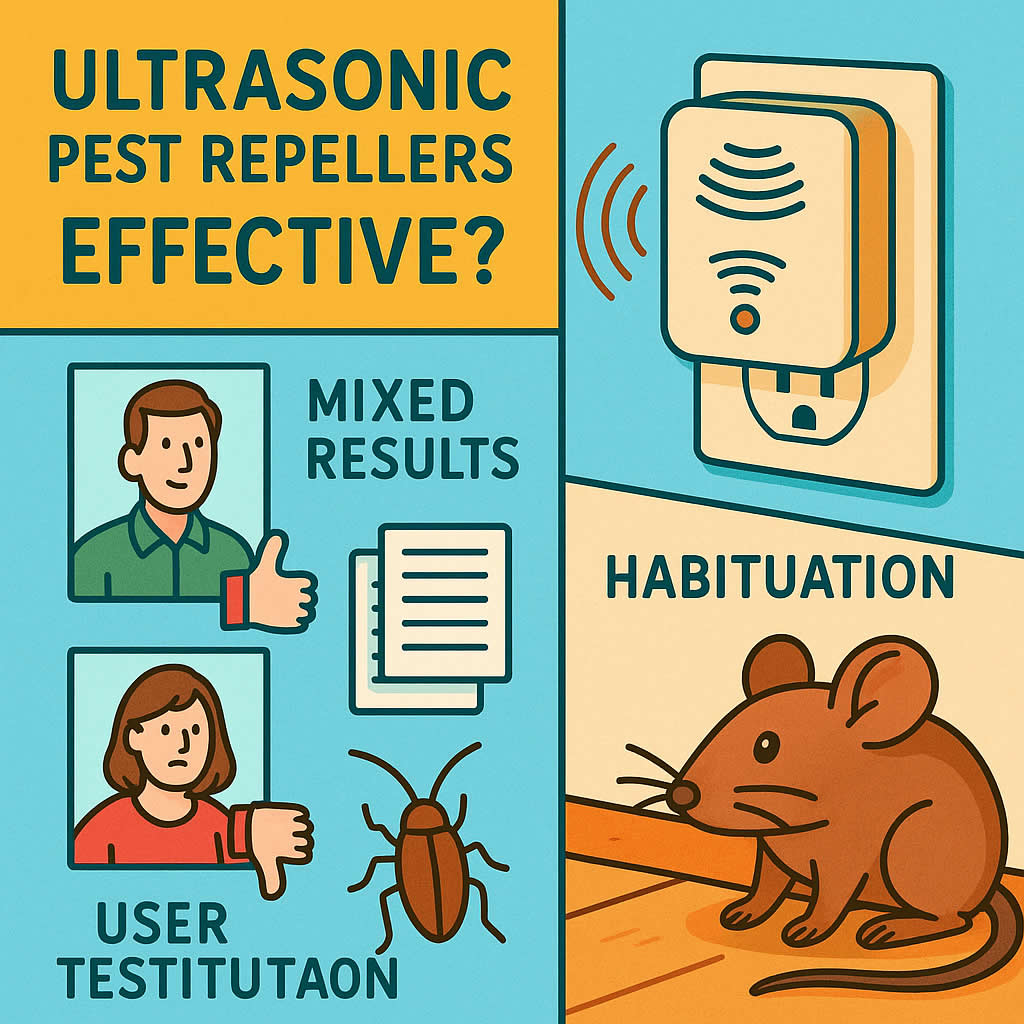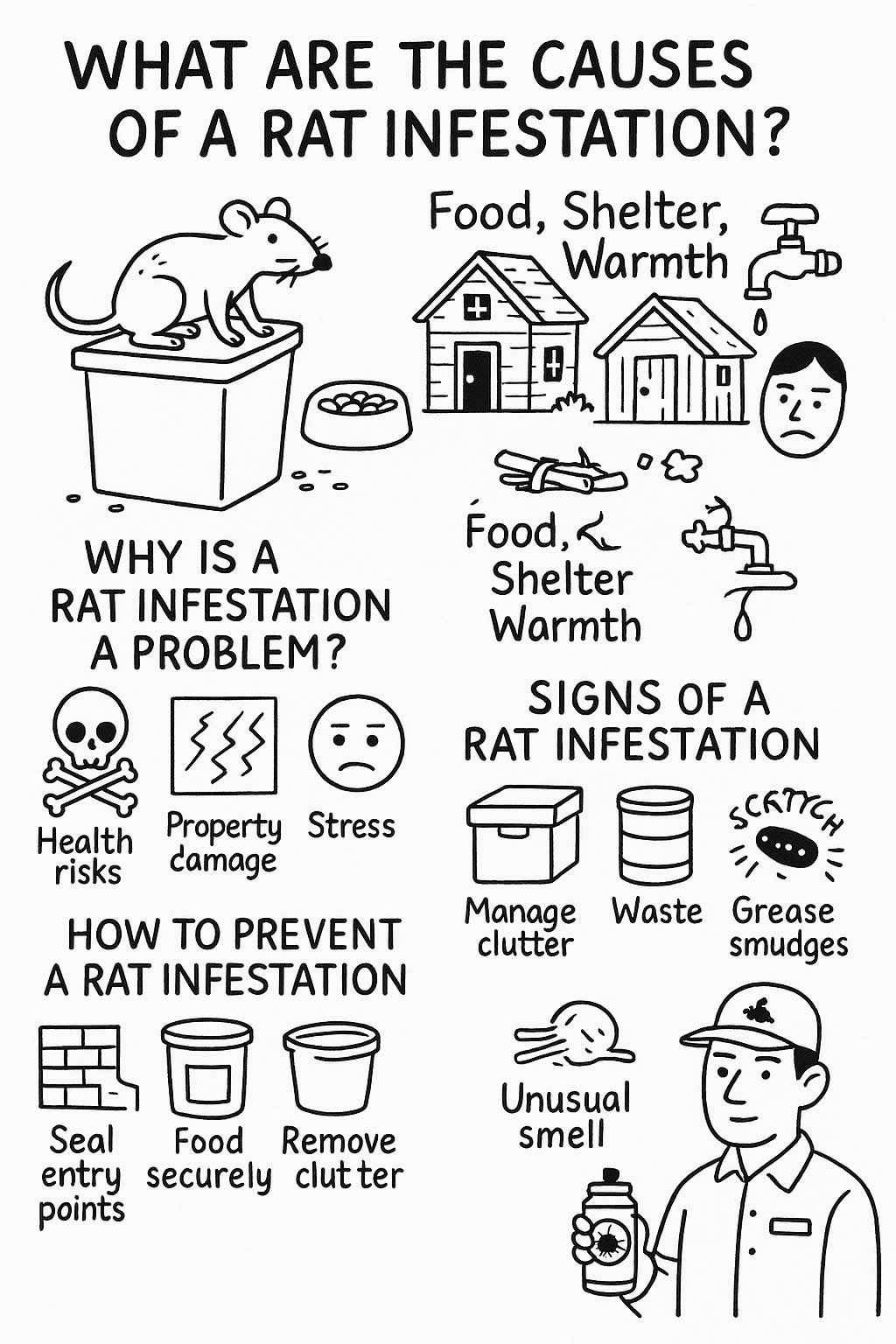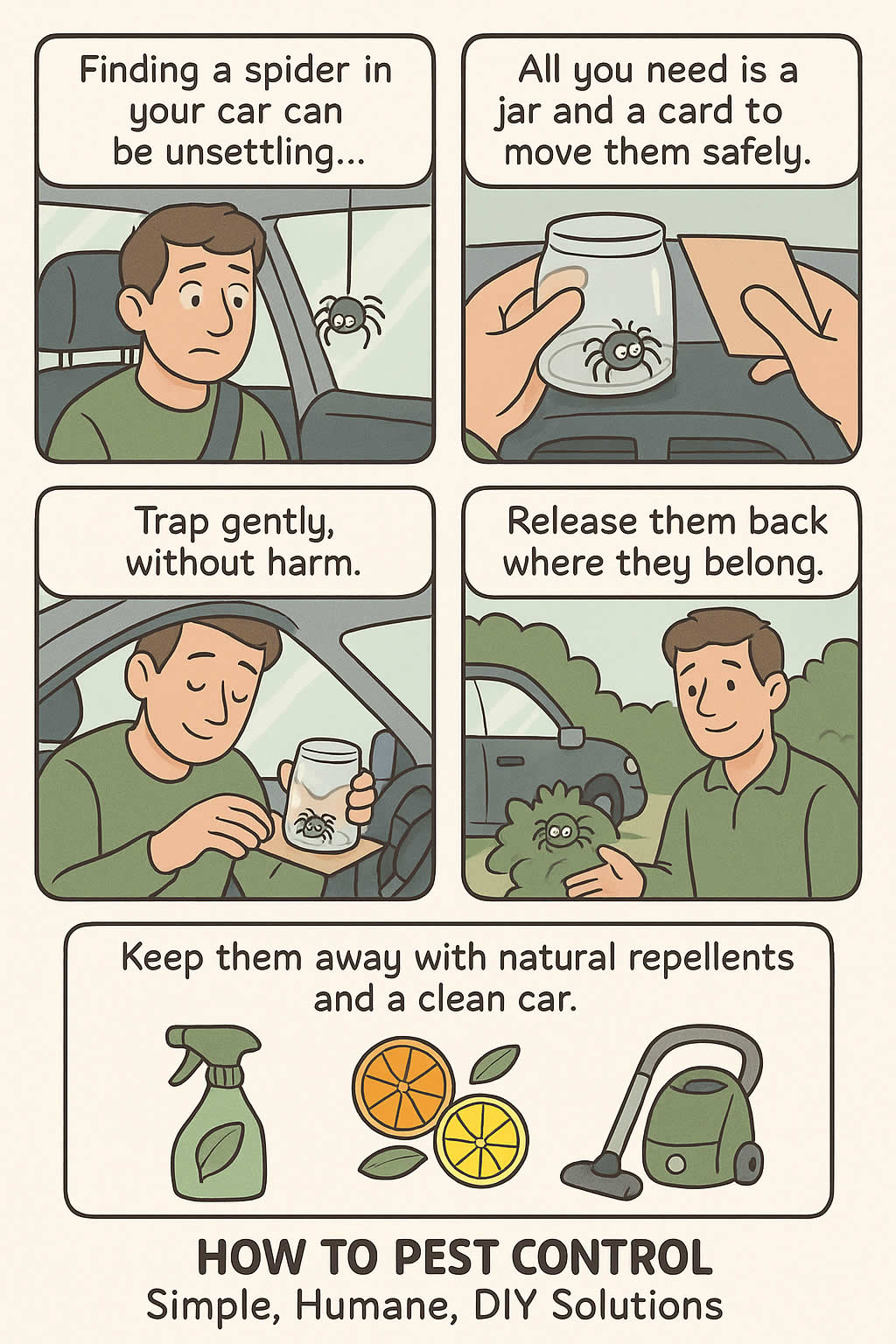Related Queries
ToggleIf you’ve ever had to deal with bed bugs, you’ll know how frustrating they can be. They’re persistent, difficult to spot at first, and once they’ve made themselves at home, they don’t leave without a fight. Many people immediately think of pesticides or professional heat treatments, but there’s another option that can be surprisingly effective if used correctly – dry ice.
Dry ice isn’t the first thing most people think of when it comes to pest control, but it works for a very simple reason. Bed bugs can’t survive extreme cold, and dry ice offers temperatures far below freezing. It also gives off carbon dioxide, which can both kill the insects and help lure them out of hiding. If you’re dealing with an infestation and want to avoid harsh chemicals, or you need a targeted approach, dry ice can be worth considering.
Before you rush out to buy some, it’s important to understand how dry ice works, how to handle it safely, and when it’s best to bring in a professional.
Why does dry ice work on bed bugs?
Dry ice is frozen carbon dioxide, and it’s extremely cold – around -78°C. Bed bugs can’t survive exposure to such low temperatures for long. When placed in the right way, dry ice can freeze and kill both adult bed bugs and their eggs.
The other advantage is that as dry ice warms, it turns directly from a solid into carbon dioxide gas. Bed bugs are attracted to carbon dioxide because it’s what we naturally breathe out while we sleep. This makes dry ice an effective lure – the bugs move towards it thinking they’re approaching a meal, only to be exposed to deadly cold.
When is dry ice worth using?
Dry ice treatment works best in targeted situations rather than as a complete home solution. If you’ve spotted a small, contained infestation or you want to treat certain items – like luggage, mattresses, or pieces of furniture – it can be a great choice. It’s less effective if the bugs are spread widely throughout a building or hiding deep inside walls and flooring.
It’s also worth using dry ice if you want a chemical-free option. For people sensitive to pesticides or concerned about their use around children or pets, this method can be safer when handled with care.
Step-by-step guide to using dry ice against bed bugs
Start by confirming you actually have bed bugs. Look for signs like small reddish-brown insects, tiny black droppings, shed skins, and clusters of bites on your skin. Once you’re sure, here’s how you can use dry ice safely and effectively:
First, get the right amount of dry ice. You’ll usually need several pounds, depending on the size of the area or items you’re treating. It’s best to buy it close to when you plan to use it, as it evaporates quickly.
Next, place the dry ice in an insulated container – something that can trap the gas and release it slowly. You can use a cooler with a loosely fitted lid or even set it inside a mesh bag for direct exposure.
Then, position the container near the infestation. For example, if the bugs are in your bed frame, place it just underneath or beside the area. If you’re treating clothing or bedding, seal them in a large, thick plastic bag with the dry ice (but without sealing it airtight, as the gas needs to escape).
Leave the dry ice in place for several hours. The combination of extreme cold and carbon dioxide should kill the bugs.
After treatment, vacuum thoroughly to remove any dead insects and eggs. Dispose of the vacuum contents carefully, sealing them in a bag before putting them in the bin.
Safety warnings when handling dry ice
Dry ice is not something you should handle casually. Its extreme cold can cause severe frostbite if it touches bare skin, so always use thick, insulated gloves. Never store dry ice in a completely sealed container, as the gas expansion can cause it to burst.
Carbon dioxide can displace oxygen in the air, which can be dangerous in small or enclosed spaces. Always use dry ice in well-ventilated areas and avoid leaning directly over it as it sublimates.
Keep it away from pets and children at all times. Even brief contact can cause injury.
Pros and cons compared to other methods
Dry ice is a powerful, chemical-free way to kill bed bugs, especially in small or contained infestations. It works quickly and can target both adults and eggs. It can also be cheaper than large-scale heat treatments.
However, it’s not perfect. The effect is temporary unless you also address the root cause. If bed bugs are hiding in places the dry ice can’t reach, they’ll survive and repopulate. You also need to handle dry ice with care to avoid injury or accidental damage.
Professional heat treatments can reach every corner of a room, and pesticides can offer ongoing protection – but they come with higher costs, chemical exposure, or the need to vacate your home during treatment.
When to call a professional
If the infestation is widespread or you’ve tried DIY methods without success, it’s worth contacting a pest control expert. They have access to specialist tools and can combine methods for maximum effect. A professional can also inspect your home to find exactly where the bugs are hiding, which saves time and frustration.
If you live in a flat or shared building, it’s especially important to involve a professional. Bed bugs can move between units, so tackling just your own space might not solve the problem.
Common mistakes to avoid
A common error is using too little dry ice or not keeping it in place long enough. Bed bugs and their eggs need sustained exposure to extreme cold to be killed. Another mistake is sealing dry ice in a completely airtight container – this is dangerous and can cause an explosion.
Some people also forget that dry ice doesn’t leave any lasting protection. If you don’t combine it with cleaning, vacuuming, and prevention, the bugs can return.
Prevention after dry ice treatment
Once you’ve treated an area, you want to make sure the bed bugs don’t come back. Start by sealing any cracks or gaps where they could hide. Wash and dry bedding, clothes, and curtains on the hottest safe settings. Use mattress and pillow encasements designed to trap and kill any stragglers.
Be careful with second-hand furniture – inspect it closely before bringing it into your home. After travel, wash and dry your clothes immediately and inspect your luggage.
If you live in a multi-unit building, talk to your neighbours and building management about pest control measures. Bed bugs don’t respect property boundaries.
Our final say: quick action is key
Dry ice can be a powerful tool against bed bugs when used safely and in the right situations. It kills them fast, avoids chemical use, and can be cost-effective. But it’s not a magic fix – for lasting results, you need to pair it with thorough cleaning, smart prevention, and sometimes professional help.
If you act quickly at the first sign of bed bugs, you’ll save yourself time, money, and a lot of stress. Whether you choose dry ice, heat, or another method, the important thing is not to wait. Bed bugs multiply fast, but with the right approach, you can stop them in their tracks and reclaim your home.
Pest Control Hinwick – Pest Control Colmworth – Pest Control Wilstead
